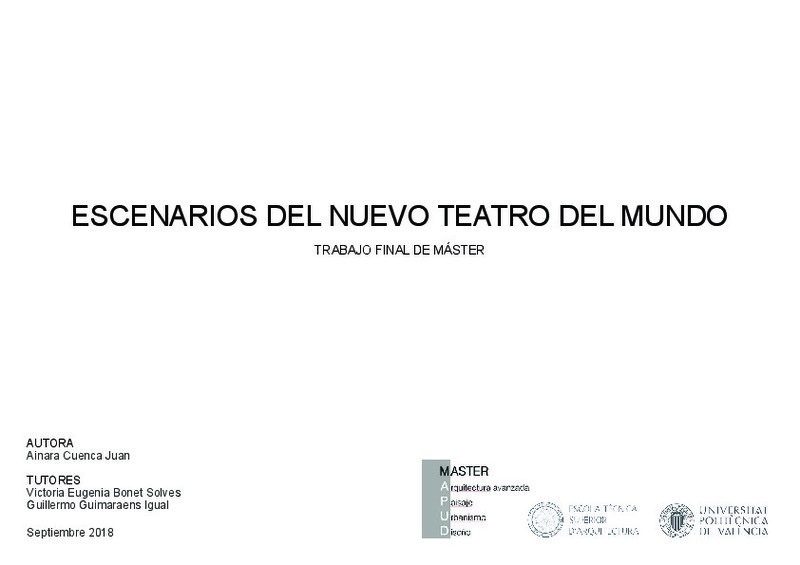|
Resumen:
|
[ES] El estudio pormenorizado, a través de parámetros estructurales y comunicativos de los grandes espectáculos tardomedievales, concretados en el caso de la fiesta del Corpus de Valencia, permite entender la esencia de ...[+]
[ES] El estudio pormenorizado, a través de parámetros estructurales y comunicativos de los grandes espectáculos tardomedievales, concretados en el caso de la fiesta del Corpus de Valencia, permite entender la esencia de un acontecimiento que se organizaba transformando la ciudad entera en lugar de representación. La creación de una estructura de elementos urbanos convertidos en escenarios vinculaba el acontecimiento con la ciudad, marco fundamental de la vida para las sociedades medievales. Esta simbiosis entre ciudad y espectáculo apelaba a la idea metafórica de teatro del mundo cuyo objetivo era expresar el pensamiento de un momento histórico concreto. Cada habitante rompía su rol de espectador pasivo y se convertía en un intérprete más del misterio de un ritual transformado en práctica artística que se constituía como parte esencial de la cultura popular. Hasta el siglo XX, la adaptabilidad de estos espectáculos a la realidad urbana e histórica del momento propiciaba la redefinición de la fiesta de manera ilimitada dando lugar a nuevos diálogos entre el espectáculo y la ciudad y sus ciudadanos. Entender nuestra tradición y cultura permite establecer unas hipótesis de trabajo que tienen como objetivo redefinir el espacio urbano como lugar de representación del nuevo espectáculo del mundo, el espectáculo colectivo.
[-]
[EN] This study describes a detailed analysis through communicative and structural parameters of great spectacles in the late medieval ages, focused on the procession of Corpus Christi in Valencia. It exposes the essence ...[+]
[EN] This study describes a detailed analysis through communicative and structural parameters of great spectacles in the late medieval ages, focused on the procession of Corpus Christi in Valencia. It exposes the essence of an event that transformed the whole city into a place of representation. The creation of a structure of urban stages linked the theatrical event with the city. The symbiosis between spectacle and city was associated with the metaphorical idea of the theatre of the world . The objective of this idea was to show the thought of a concrete historic moment. The citizen shifted his passive spectator role and he became a performer of a ritual in an artistic practice, an essential trait of the popular culture. Until the twentieth century, the adaptability of these spectacles to urban and history reality allows the unlimited redefinition of this celebration; it was giving rise to the creation of new dialogues between the spectacle, the city and its citizens. Understanding our tradition and culture allow us to elaborate some hypotheses and redefine the urban space as a representation space of the new spectacle of the world, the collective spectacle.
[-]
|







